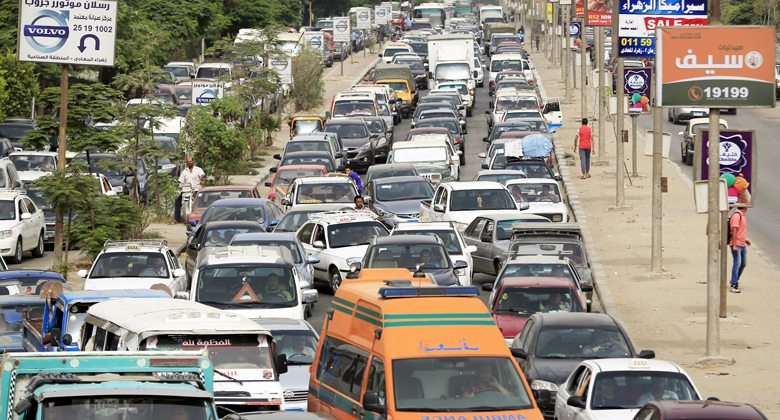

Egypt and Iran have the largest populations in the Middle East, but both countries face very different challenges

Farzaneh Roudi, Population Reference Bureau
Egypt and Iran are by far the largest countries in the Middle East by population, but they are in very different situations demographically.
Egypts birth rate continues to be high. In 2015, it was 31 births per 1,000 people, while in Iran it has fallen to 19, according to the US-based Population Reference Bureau (PRB).
The Islamic Republic has already entered its demographic window of opportunity, with a high number of working-age people compared with dependents, says Farzaneh Roudi, Middle East and North Africa (Mena) programme director at the PRB.
Egypt on the other hand, needs to support a high number of young people and tackle its high fertility rate before it can cash in on a demographic dividend.
Iran: family planning
Iran has an age dependency ratio of 40.2 per cent, meaning the ratio of children and retired people to working-age people is low. This is the result of a steep fall in fertility rates in the 1990s and 2000s, from 4.8 children a woman in 1990 to 1.8 in 2005, according to the Washington-based World Bank.
The government, civil society and social media all got behind the family planning programme in the 1990s, says Roudi. Iran has good healthcare infrastructure and female education levels increased rapidly. The decline in fertility surprised everybody.
As nuclear sanctions are lifted, the Islamic Republic has the opportunity to tackle its unemployment rate, which was at 12.3 per cent in 2015, according to the Washington-based IMF. Joblessness is especially concentrated in young graduates and women, with 29.7 per cent of 15 to 24-year-olds unemployed, rising to 41.7 per cent among young women.
Lifting sanctions will bring some relief to the job market, says Roudi. But it all depends on how much Iran is integrated into the global economy.
Job creation is a huge priority, as the consequences of missing out on the demographic dividend would affect Tehran for decades.
It has a ripple effect into the future, and it would be very costly economically and socially, says Roudi. These young people are going to be elderly in 30 or 40 years. If they work now they can invest for a more secure life when they retire.
Without rapid economic growth to soak up unemployment and allow for adequate pension plans, the government will be forced to carry the burden of an idle population.
Egypt: social changes needed
Population growth in Egypt is still very rapid, creating challenges for employment, nutrition and social services. Family planning programmes have not been effective so far.
The average woman was having 3.7 children in 1995, says Roudi. This dropped to 3 children in 2000, but now it is back to 3.5.
The rural population remains at 56.9 per cent, according to the World Bank, presenting an even greater challenge for employment and healthcare.
Cairo is already struggling to create employment for the current job market entrants, with 27.9 of youth not in education, employment or training in 2013, according to the World Bank. When an even larger cohort arrives from 2030, the situation will be critical.
The key is lowering fertility and controlling population growth, says Roudi. Egypt needs voluntary family planning, good healthcare services for women, and also to empower women and give them other opportunities.
Education is an important factor, but the Egyptian public school system is notoriously bad.
The quality of education is a chronic problem, says Roudi. School enrolment has increased, so elementary school is almost universal and the secondary level gender gap is closing. They are bringing children, and girls, to school, but what do they learn? The dropout rate is high.
Rates of child marriage are high, with 17 per cent of girls married by 18, according to PRB. This drives population growth faster.
The government needs to take urgent action on several fronts, and is beginning to raise awareness.
Poverty is relatively high, so lifting these people up will take a huge investment, says Roudi. Government officials have been aware of the population issue for more than 20 years, but were reluctant to talk about it publicly. Now they are talking about it on TV.
You might also like...

UAE builds its downstream and chemicals potential
24 April 2024

Acwa Power eyes selective asset sales
24 April 2024

Bahrain mall to install solar carport
24 April 2024

Aramco extends Karan field bid deadline
24 April 2024
A MEED Subscription...
Subscribe or upgrade your current MEED.com package to support your strategic planning with the MENA region’s best source of business information. Proceed to our online shop below to find out more about the features in each package.







